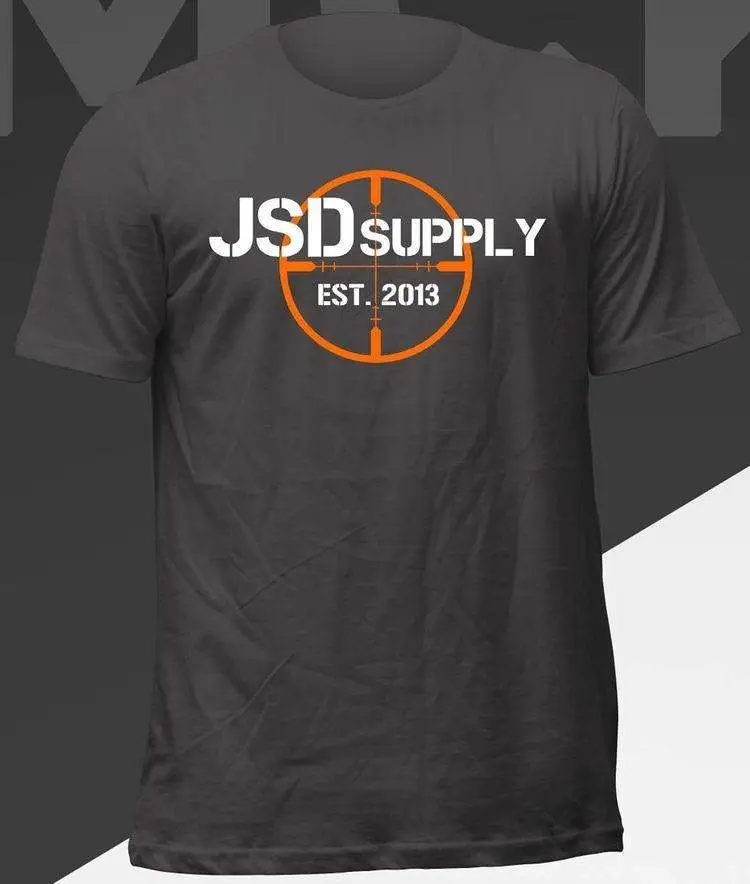No products in the cart.
JOIN OUR MAILING LIST for special offers!
Subscribe to our email list to find out of new sales and restocks – Don’t worry, we hate spam as much as you do and will only send you the best deals and reads.
Knowing which type of ammo to buy for your custom gun can be challenging. This can be especially true if your favorite weapon does double duty, such as when you use a weapon for both home defense and as a ranch gun. Just as more and more gun manufacturers seem to pop up every year touting models with new features or an innovative design that may or may not reinvent the wheel, so, too, do ammunition makers offer an ever-increasing myriad of options, many of which seem to have only minor differences from other round offered by the same manufacturer or their competitors. The cartridge you shoot can be a very personal choice, as every shooter (and their weapon) will have different preferences, but understanding the types of ammunition available and what they are designed to do best can help you find the right fit for your shooting needs.
The first step to choosing the best ammo is understanding what you need the ammunition to do. Not all cartridges are created equal. Each different round is built to meet certain specifications and parameters that affect how the bullet performs when in your weapon, as it flies through the air toward the target, on impact, and after the bullet has hit the target. First, we’ll talk about the performance parameters you should be considering to narrow down your search for types of ammo, and then we’ll look at the specifications on ammo boxes that will help you pick the right one.
When you get ready to buy your ammo in person, you’re usually confronted with a wall of boxes facing you end-on with various specifications printed on them. If you’re buying online, this information is still usually available on the product page. Learning to decipher this information is important to making sure you have the right type of ammo for your weapon and shooting needs.
While these are the most common bullet types seen, a myriad of specialty ammo exists that will be plainly spelled out, such as frangible, flechette, and other exotic rounds.
One of the challenges when selecting ammunition is that there are many different types of ammo that fit specific needs. Some do it better than others across the board, while others do it better based on your weapon and shooting preferences. The following is to give you a few general guidelines to get you started.
Target rounds need to be a similar speed and weight to your carrying rounds, but the primary ballistic consideration will be accuracy. You want a cartridge that will shoot straight through the target and into the bullet trap or berm behind it. FMJ rounds are a popular choice for modern high-pressure pistols, while older wheel guns with lower-pressure cartridges can easily use LRN or LWC rounds.
Personal defense weapons, whether for home or concealed carry, are all about delivering a round with sufficient mass and speed to provide instant stopping power. When possible, +p rounds are a great choice, while hollow points will give you the expansion you need for a large wound channel and quick energy dump without over-penetrating like their fully jacketed counterparts.
Hunting rounds, like those used in your AR-15 rifle, need many of the same characteristics as defensive rounds, but they need to do it at longer ranges against larger, heavier game. This means high-pressure, heavier-weight hollow points that can carry further through layers of tissue while still expanding. High-pressure FMJ loads can over-penetrate, failing to deliver the stopping power you need, and lighter loads may be stopped in the body too soon, painfully wounding the animal. These hollow points, often found in rifles and large-caliber handguns, are similar to their smaller counterparts but have more metal behind the soft lead core to help the expanded bullet reach vital organs for an immediately lethal wound.
Shotgun cartridges come in a variety of loads. A good target load will be a 2¾” shell with No. 7 or smaller shot. This will allow you to practice for bird and small game. 3” and larger 000 buckshot load can be devastating in both hunting and personal defense situations, delivering multiple .32 caliber pellets down range.
When you want to customize your gun for a better shooting experience, we’ve got your six with quality parts you can count on. Be sure to sign up for our newsletter to get the best deals delivered to your inbox. Order your gun parts and accessories from JSD Supply today.

As I’m sure you have heard by now, our industry and your rights are under attack by our own government officials. In an effort to help preserve our freedoms and continue bring you the quality products you’ve become accustomed to, we are selling a JSD Branded T-shirt to help the battle with those trying to force legislation without a vote. Click this button to find out more.
Subscribe to our email list to find out of new sales and restocks – Don’t worry, we hate spam as much as you do and will only send you the best deals and reads.
1052 New Castle Road
Prospect PA 16052
Customer Service Hours:
Monday-Friday 9am-5pm EST
Phone: (724) 213-9721
Email: [email protected]
© JSD Supply 2025 | Sitemap